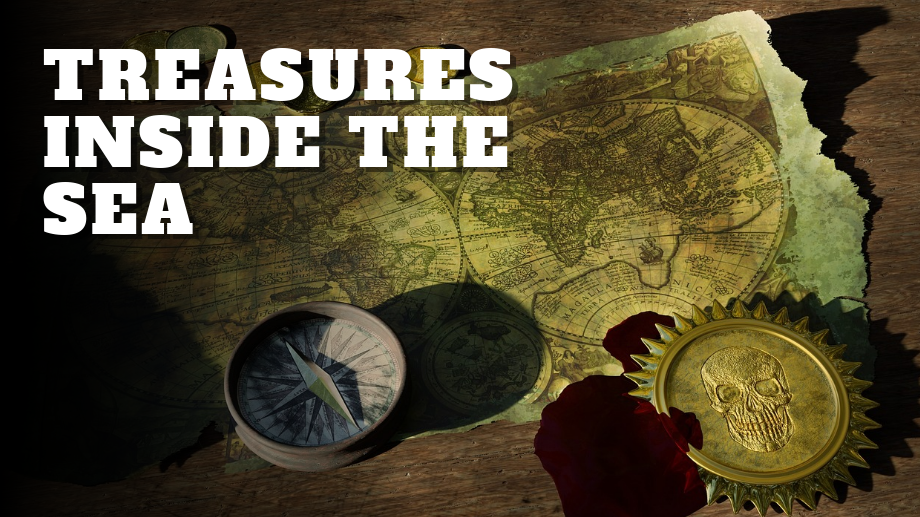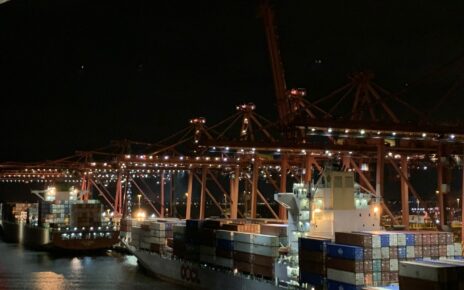Hi there! These are stories about sunken ships and their treasures at sea. A long time ago, these ships were filled with gold, silver, gems, and other valuable things. But sadly, they sank into the sea and their treasures were lost. People still believe that these treasures are still somewhere in the sea, waiting to be found. Some of the ships were sunk by pirates, some by other ships, and some just by accidents. Even though they’re lost, people still talk about them because they’re so valuable.
1 The San Jose, a Spanish galleon, sank in 1708 off the coast of Cartagena, Colombia. It’s believed to hold the most valuable shipwreck treasure in the world, with an estimated value of over $17 billion.
-The Treasure of the Concepcion was lost in 1641 when the Spanish galleon sank off the coast of Ecuador. It’s believed to be worth over $4.5 billion.
-The Atocha was a Spanish galleon that sank off the coast of Florida in 1622, carrying silver, gold, and precious gems worth over $400 million.
-The Nuestra Señora de las Mercedes, a Spanish ship, was sunk by the British Navy in 1804 off the coast of Portugal, carrying silver and gold worth an estimated $500 million.
-The Golden Fleece, a Spanish treasure ship, sank in 1641 off the coast of Venezuela, carrying gold and silver bullion worth an estimated $200 million.
-The Flor do Mar, a Portuguese ship, sank off the coast of Sumatra in 1511, carrying a vast treasure trove believed to be worth over $2 billion.
-The Whydah, a pirate ship, sank off the coast of Massachusetts in 1717, carrying loot worth over $400 million.
-The Le Chameau, a French ship, sank off the coast of Cape Breton, Canada in 1725, carrying gold and silver estimated to be worth over $100 million.
-The Santa Maria Madre de Deus, a Portuguese ship, was sunk by the English Navy in 1592 off the coast of Azores, carrying a vast amount of gold and silver estimated to be worth over $1 billion.
-Finally, the Black Swan, a British ship, was captured by pirates in 1695 off the coast of Cartagena, Colombia, carrying a large amount of gold and silver worth over $100 million.
Several modern technologies are used for scanning ocean floors, including multibeam sonar, side-scan sonar, autonomous underwater vehicles (AUVs), remotely operated vehicles (ROVs), and satellites. Multibeam sonar uses multiple sonar beams to create a detailed 3D image of the seafloor, while side-scan sonar uses sound waves to create a detailed image of the seafloor and detect underwater objects.
AUVs are unmanned vehicles equipped with sensors and cameras to collect high-resolution data on the seafloor, while ROVs are unmanned vehicles controlled by operators on the surface and often used for deep-sea exploration. Finally, satellites use radar to create images of the seafloor and are often used to map large areas and provide information on the shape and topography of the seafloor. All of these technologies are helping us to better understand the seafloor and the complex processes that occur beneath the ocean’s surface.



